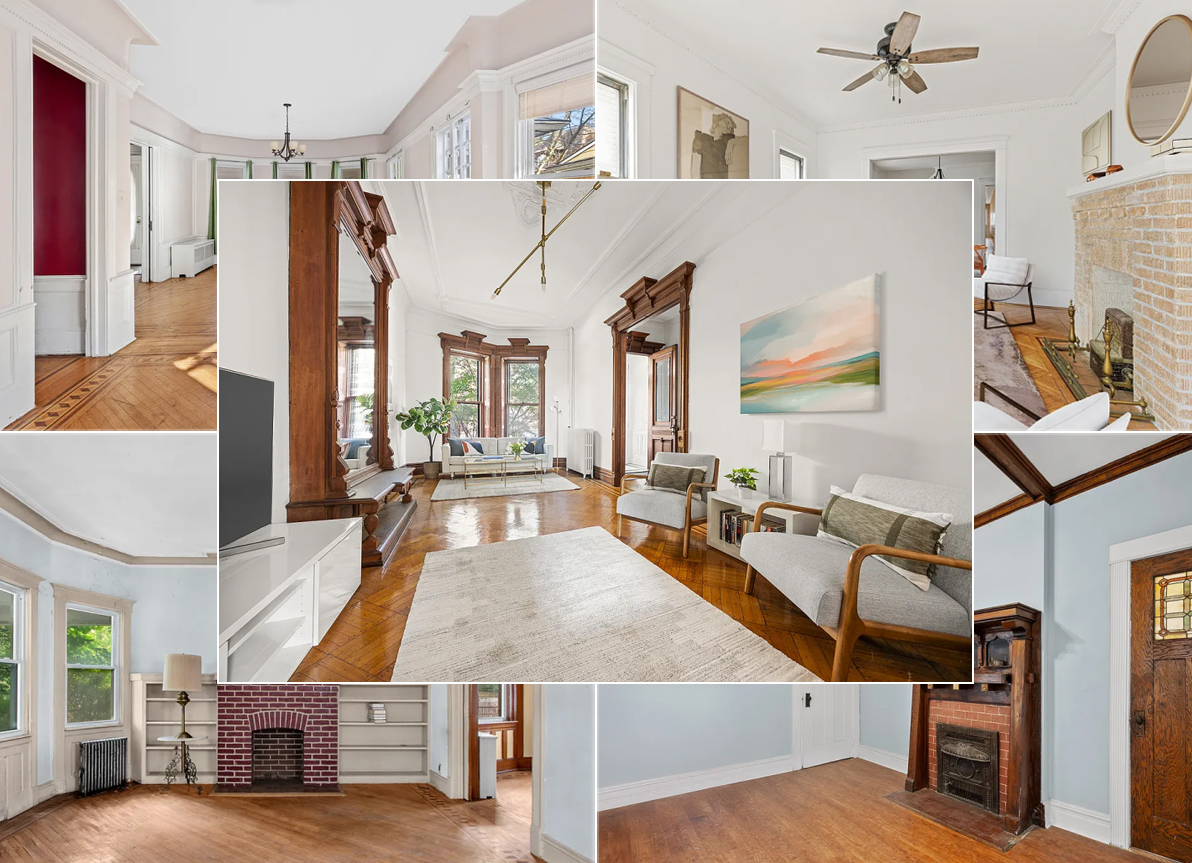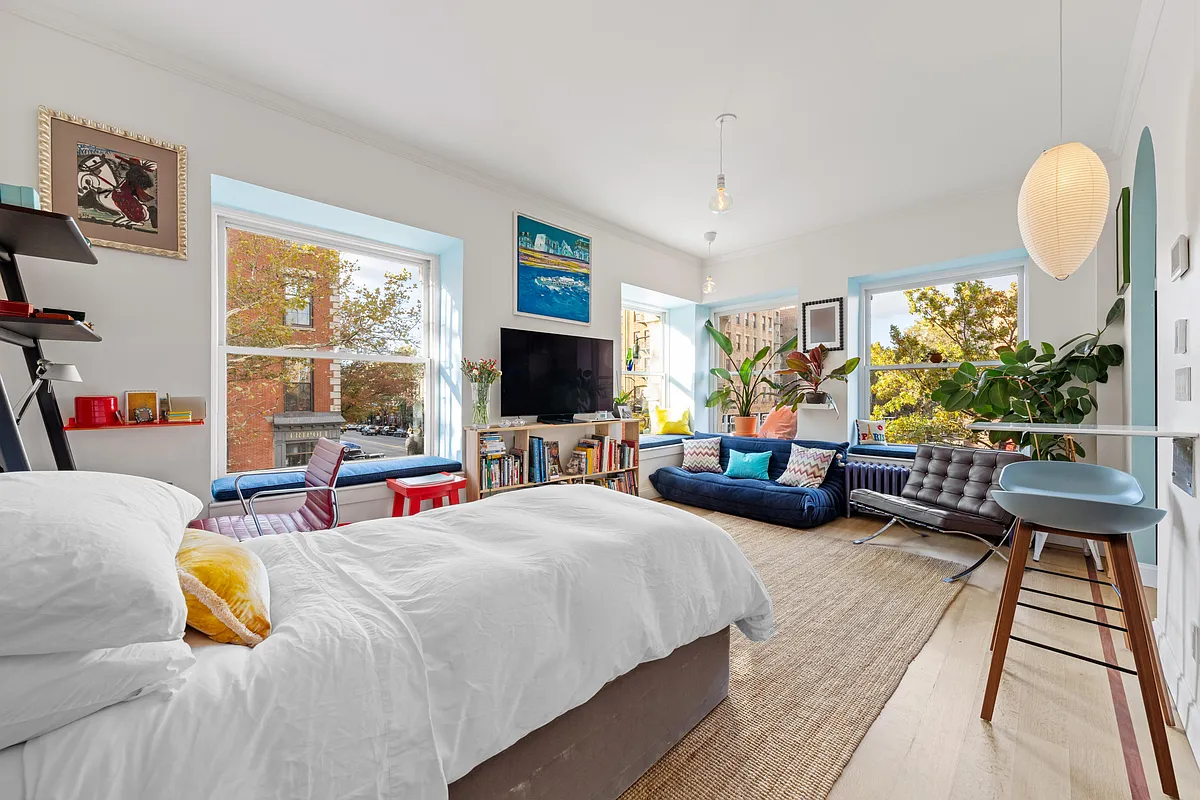News Flash: Everyone Wants to Live in the City
If you weren’t already convinced that city life is becoming increasingly preferable to suburban life, see this article in The New Republic, which looks at a trend called “demographic inversion”—a reversal of the white flight that helped hollow out the inner city beginning in the 1950s. The author quantifies what many Brooklynites already know: the…


If you weren’t already convinced that city life is becoming increasingly preferable to suburban life, see this article in The New Republic, which looks at a trend called “demographic inversion”—a reversal of the white flight that helped hollow out the inner city beginning in the 1950s. The author quantifies what many Brooklynites already know: the neighborhoods closest to vocational and cultural hubs (like, dare we say, Manhattan) and with shopping and services in walking distance are the most popular, forcing poorer folks to move further and further out. There’s been plenty of talk about the suburbs potentially turning into 21st century slums but what will 21st century cities look like if demographic inversion continues? “In the worst case, demographic inversion would result in the poor living out of sight and largely forgotten in some new kind of high-rise projects beyond the city border, with the wealthy huddled in gated enclaves in the center.”
Trading Places [The New Republic]
Beyond Gentrification [Curbed]
Photo by Daily Phototherapy.





Polemicist- interesting.
So what would be a fair plan? I agree landlords need to make a profit, but tenants need to be able to live and work in the city. That’s actually to the benefit of all. Tenants (referring to working and middle class)are a huge part of the work force and taxpayers also. I think a study done recently shows salary levels are not rising as quickly as inflation, or even improving for most people in general. With all the abatements,tax breaks, BID development as wasder mentions, what’s the solution? I don’t see that depending on “market rate” is doing anything more than intensifying the problem.
When the shit hits the fan everyone and their mother is going to leave the city. You see Asshats most of you was young in the 70’s and 80’s when crime ruled Brooklyn. What was the factor of that, lets see… High interest rates (because of high inflation), high oil prices, whit flight (yes you will leave again) and High Unemployment (That’s here now).
Like I said please of you believe this piece of bullshit then buy something! You see most of you Asshats are just fucking posers, cannibalizing a whole neighborhood for gain. You don’t support the business here you just here for bullshit and have not made a investment if the Hood. Like fucking Locusts swarming from neighborhood to neighborhood!
Please Buy something and make the fucking commitment to the Mutant Real Estate Asset Bubble!
The What
Someday this war is gonna end…
One thing that the article and many others ignore, is the role of 2 income families in fostering this trend.
When the whole suburban dream started it was supported by – 1. The expansion of the automobile and infrastructure to support it and 2. that women were home to take care of the domestic responsibilities.
Long commutes, landscapers, bills, car repair etc, etc PLUS actually seeing your children , are MUCH more difficult when all the adults in the house are working.
The timing of all of this is uncanny. The deadline for those long tax abatements just past, and now developers will have to include a certain percentage of affordable housing. So maybe some of us poor folk will be able to stick around for a little while longer…
I agree with Polemicist.
If the future Democratic controled assembly votes to overturn vacancy decontrol and puts rent caps on new rental housing, no new rental housing will be built.
What the hell is wrong with NYC?
Isn’t it unconstitutional to take property rights from private landlords in the name of “rent control” or “rent stabilization”?
I don’t disagree benson, it is extremely hard for middle class/working class people and families. Even in the neighborhoods that are farther away from the commercial centers or good public transport, the prices are relatively high and continued immigration will likely lead to the situations you are describing – but maybe that will make them more affordable areas? One thing I would suggest, though, is that you are assuming that those immigrants who live move into middle class neighborhoods and convert single family homes into multi-family houses will not themselves become middle class members of society. I think they will eventually (they have for generations). I’m not dismissing your concerns at all, and I’m not offering and magic bullet suggestion as to how to ensure more middle class people and families can stay in the five boroughs. I think that long term, we are seeing a shift in which neighborhoods are well to do, working class or poor, and it is effectively a reversal of the distribution of people in City for the past 40 to 50 years.
Bxgrl:
Read the article I mentioned. There is a very real possibility rent stabilization will be expanded.
Two cars (payments) plus insurance and gas = approximately $1000 a month (and rising, most likely).
If you add that with the increased taxes, I think the cost of ownership in the city is comparable to the suburbs. The idea that it’s so much cheaper to live in the burbs seems like a fallacy in some respects.
My transportation costs are $81 a month plus the occasional zipcar rental.
DOW–I think you underestimate the amount of non-commuting driving people do in the suburbs. In Brooklyn when I need a pint of milk I walk to get it. In the burbs, people generally are obligated to use their cars for every kind of errand. There is so much more convenience to city living that I believe if energy costs and transportation costs continue to rise urbanization is more than hype.